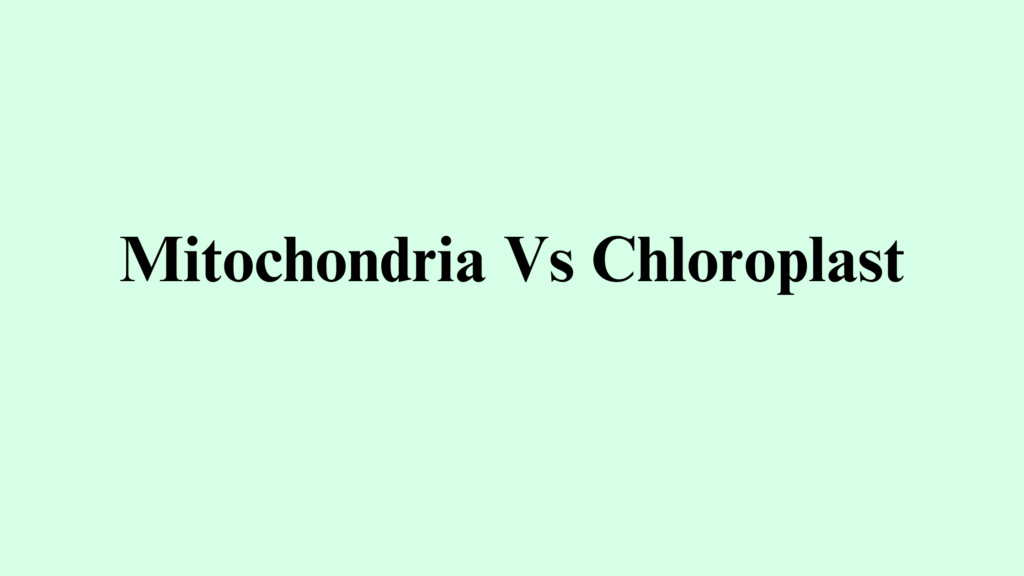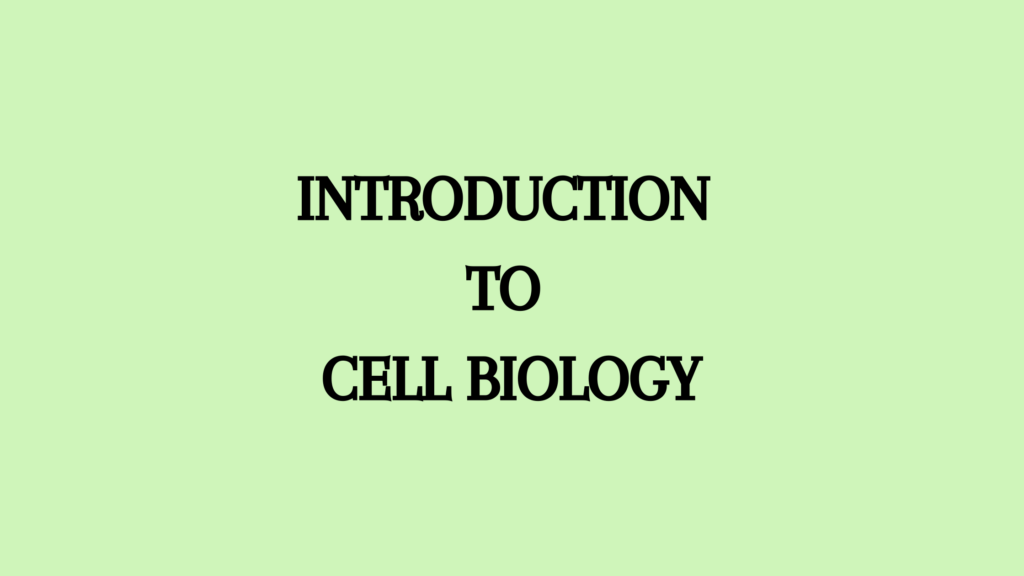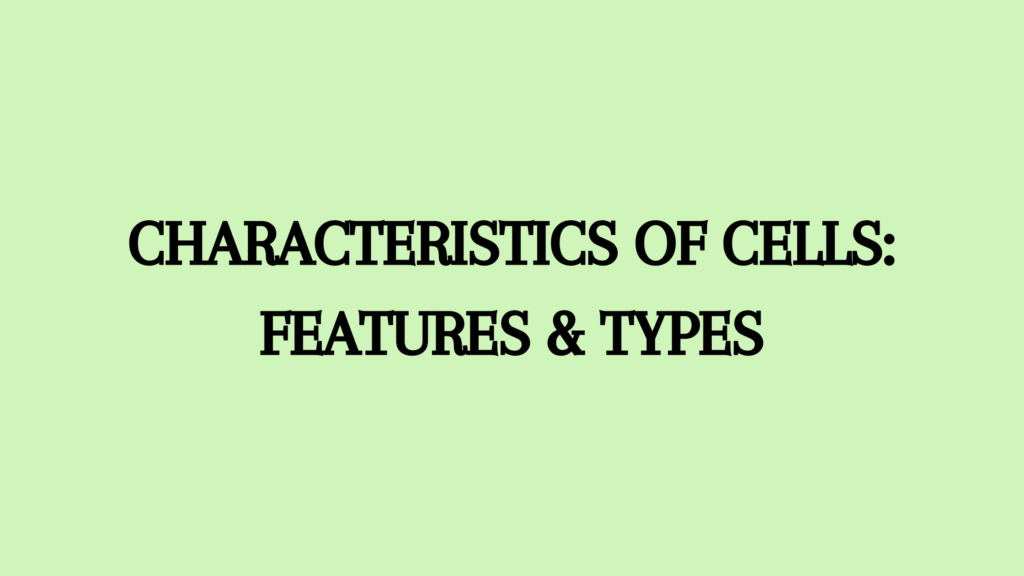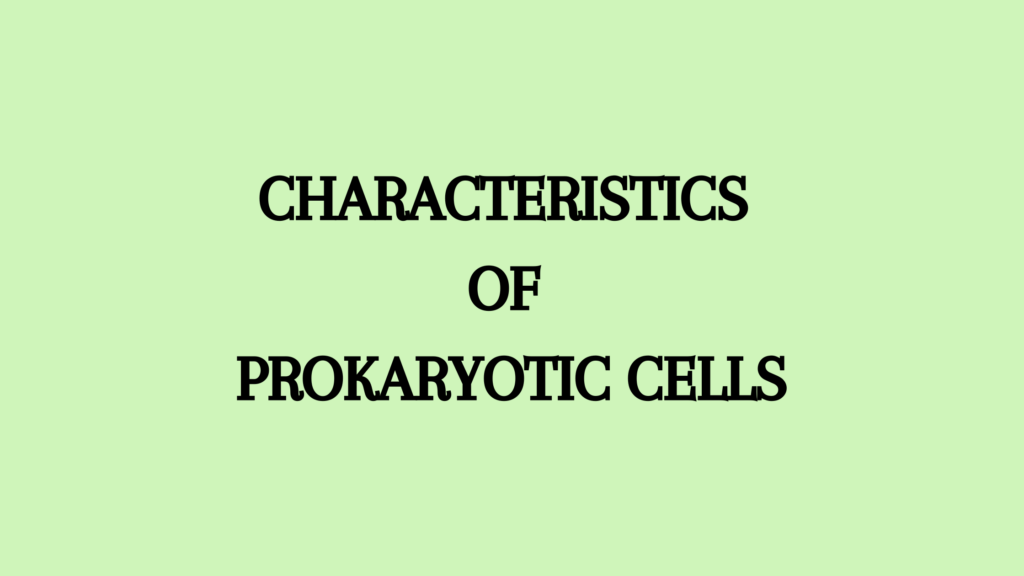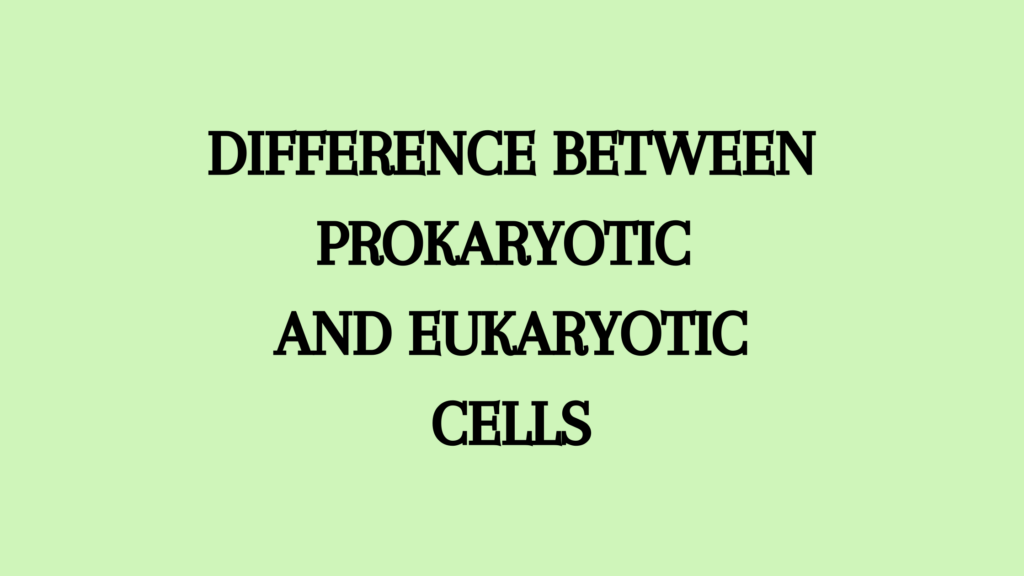Chloroplasts and mitochondria are essential cell organelles that are involved in the synthesis and metabolism of energy packets called glucose molecules. While they are structurally different and have different functions, they have various similarities.
Here, we will see the differences and similarities between chloroplasts and mitochondria.
Differences Between Chloroplasts And Mitochondria
| Creates glucose molecules by using CO2 and water in the presence of sunlight | CHLOROPLAST |
| Cristae remains attached to the inner membrane. | Thylakoids separate from the inner membrane. |
| Cristae produces ATP by the breakdown of glucose molecules. | Thylakoids produce ATP with the help of light. |
| Lack of pigments. | Have pigments. |
| Seen practically in all eukaryotes. | Seen only on plant parts that are exposed to sunlight. |
| Present in gametes. | Gametes have proplastids. |
| Plants depend on mitochondria for energy during darkness | Plants convert light energy into ATP molecules during light with the help of chloroplasts. |
| Conducts oxidative phosphorylation | Conducts photophosphorylation |
| Performs photorespiration | Initiates photorespiration by producing Rubisco |
| Evolved from Proteobacteria | Evolved from Cyanobacteria |
| Breaks down glucose molecule into CO2 and water | Chloroplasts are disc-shaped |
| These are colorless organelles | These are green cell organelles |
| Mitochondria are bean-shaped | Chloroplasts are disc shaped |
| Consumes oxygen to liberate ATP | Uses ATP to liberate oxygen |
Similarities Between Chloroplasts And Mitochondria
Mitochondria and chloroplast exhibit endosymbiotic association where the actions of one organelle benefit the other one to help each other perform their functions properly.
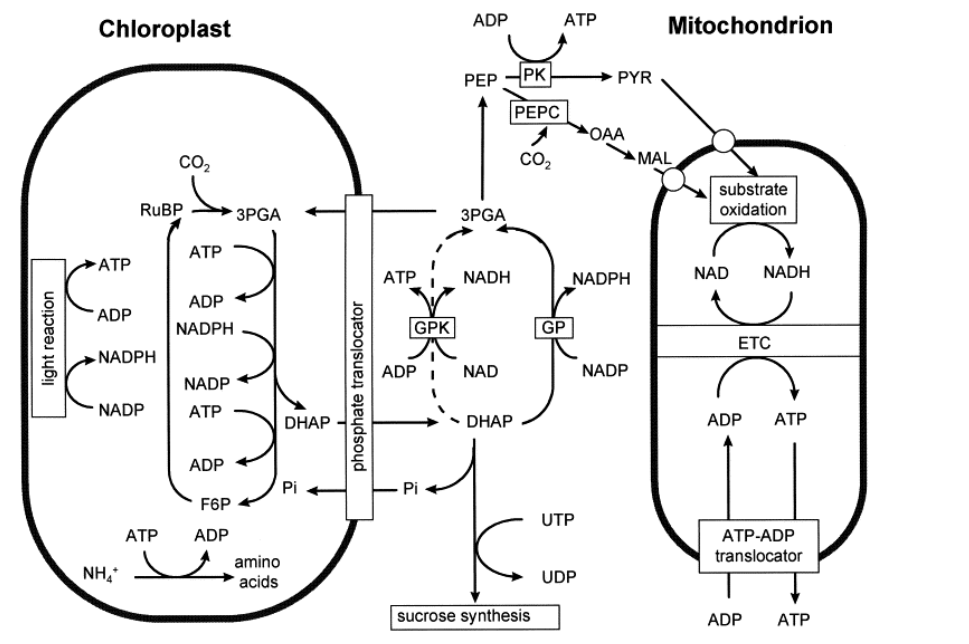
To enable this association, there are quite a number of similarities between chloroplasts and mitochondria, as mentioned below.
- They are enveloped by double membranes.
- The outer membrane is smooth and permeable.
- The inner membrane is semipermeable and infolded.
- Carry enzymes in their infolds.
- Both are energy-transducing organelles.
- Have circular naked DNA and 70s ribosomes.
- Semi-autonomous organelles.
- Multiply by fission.
- Similar variations in outer and inner membranes as described above.
- Inner membranes contain more protein and lack ring-form lipids.
- Molecules that can serve as electron donors and recipients are abundant in the inner membranes. Some of these are enzymes, some pigments and some coenzymes (NAD, FAD, CoQ, etc.).
- Electron transfer is linked to the “pumping” of hydrogen protons into the intermembrane space of mitochondria, or into the thylakoid interiors in chloroplasts.
- The concentration and electrical gradient created (proton motive force) causes protons to flow back across the membranes through ATP-synthase enzymes.
- ATP-synthase is an integral protein complex associated with prokaryotic cell membranes. It uses the potential energy provided by the proton flow to bind ADP + PO4 into ATP.
- DNA within mitochondria and chloroplasts occurs as covalently closed circular molecules (ccc-DNA). It is typically not associated with histone proteins.
- The rRNA molecules (ribozymes) that catalyze the formation of peptide bonds between amino acids at ribosomes are 23S (ribosomes are 70S).
References
- Gardeström, P. (1996). Interactions between mitochondria and chloroplasts. Biochimica et Biophysica Acta (BBA) – Bioenergetics, 1275(1-2), 38-40. https://doi.org/10.1016/0005-2728(96)00047-3
- Hoefnagel, M. H., Atkin, O. K., & Wiskich, J. T. (1998). Interdependence between chloroplasts and mitochondria in the light and the dark. Biochimica et Biophysica Acta (BBA) – Bioenergetics, 1366(3), 235-255. https://doi.org/10.1016/S0005-2728(98)00126-1
- https://biosci.sierracollege.edu/materials/4/lecture_syllabus/mitochondria_and_chloroplasts.pdf
- https://www.researchgate.net/publication/314242996_Home_Science_Biology_Cell_Biology_Difference_Between_Chloroplast_and_Mitochondria_Difference_Between_Chloroplast_and_Mitochondria
